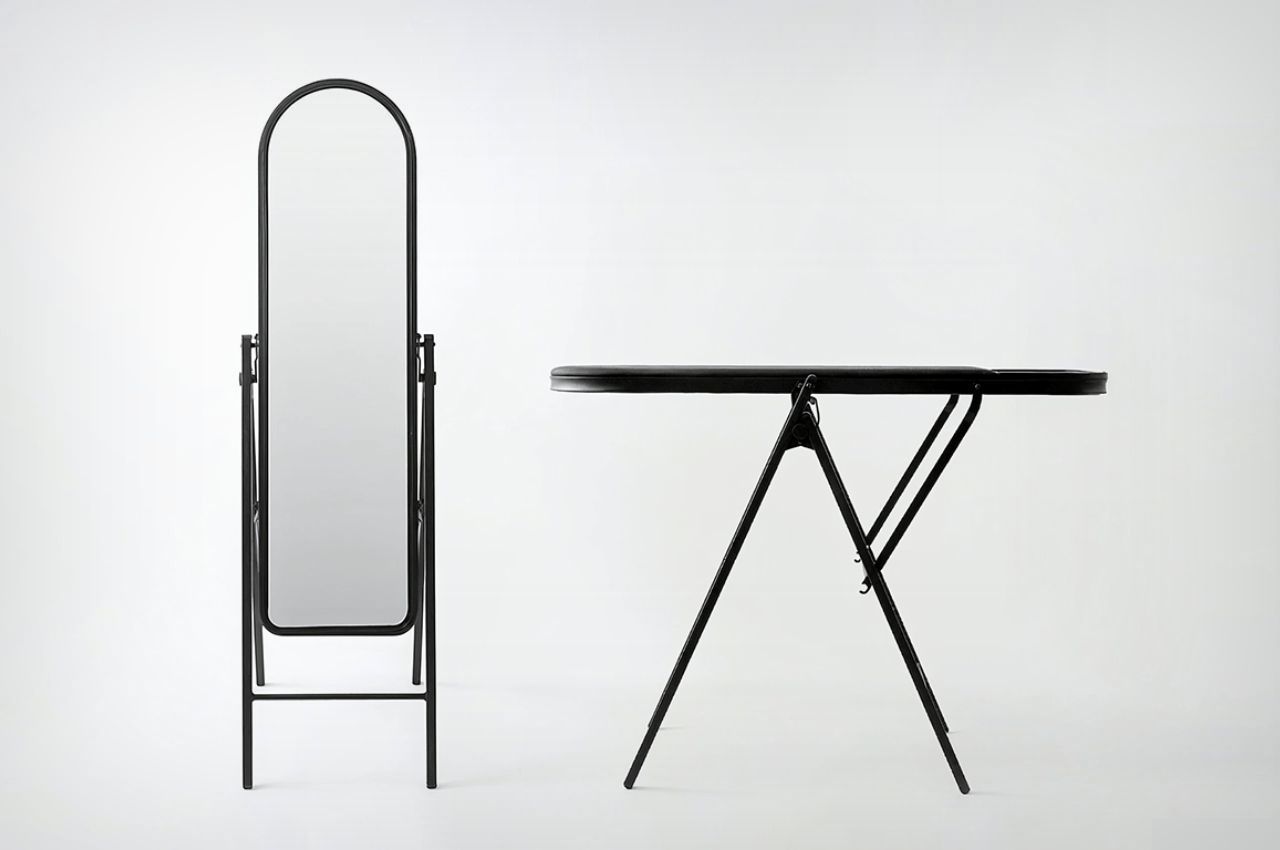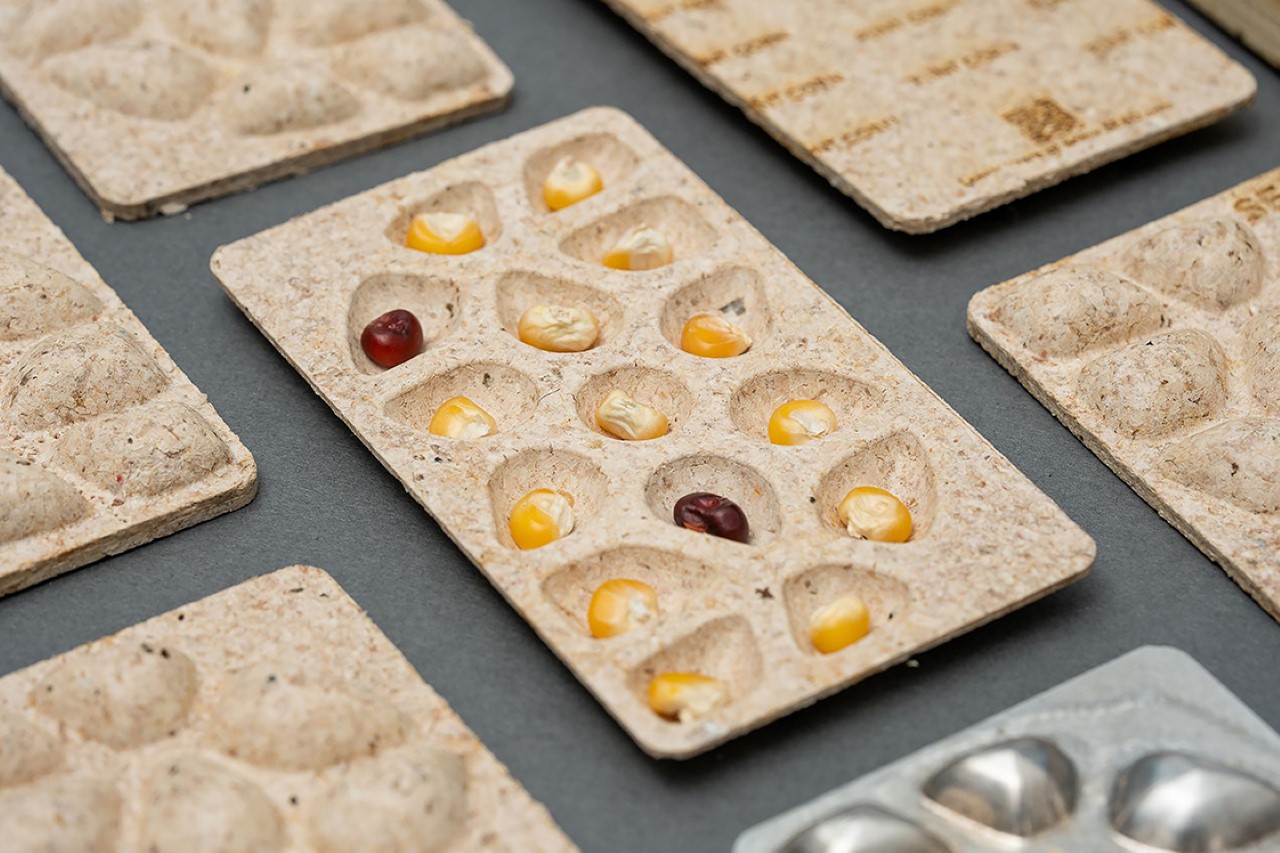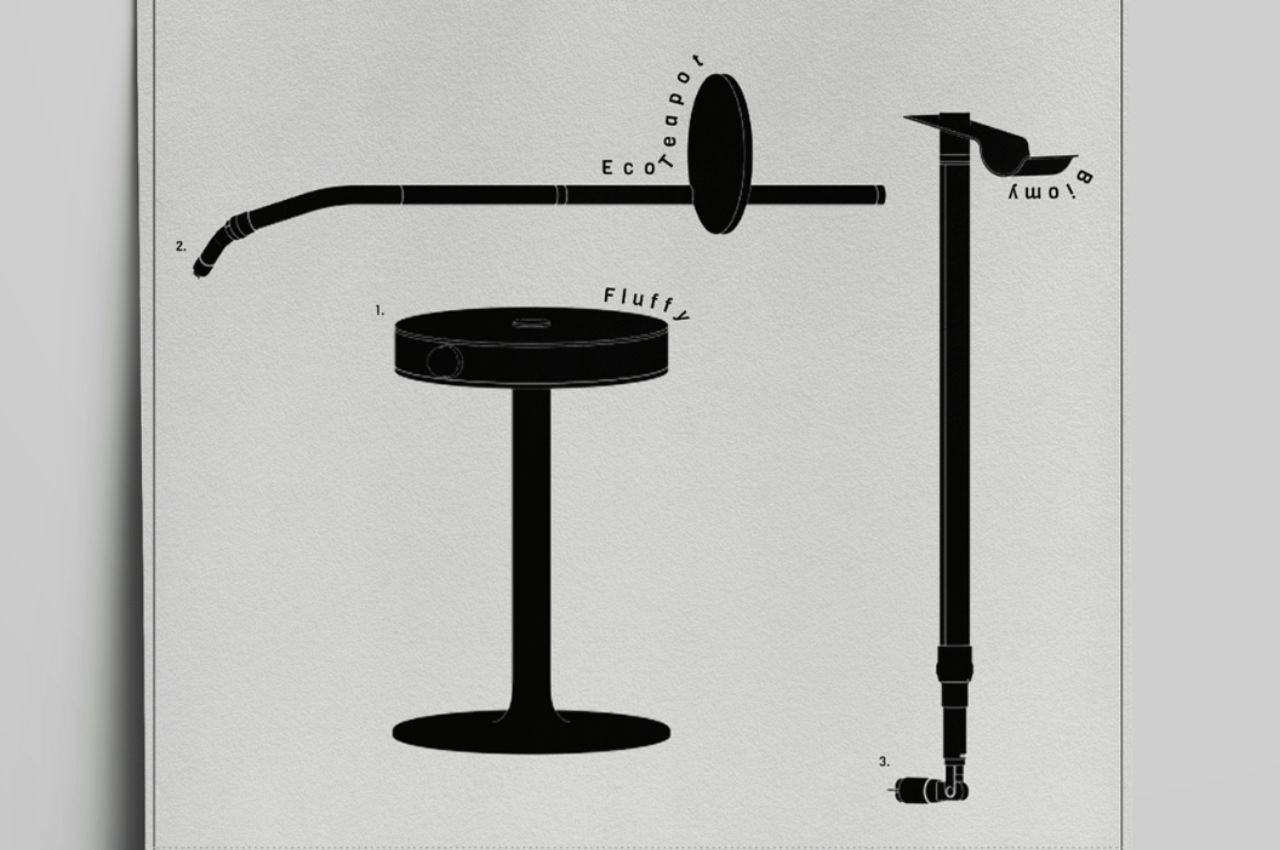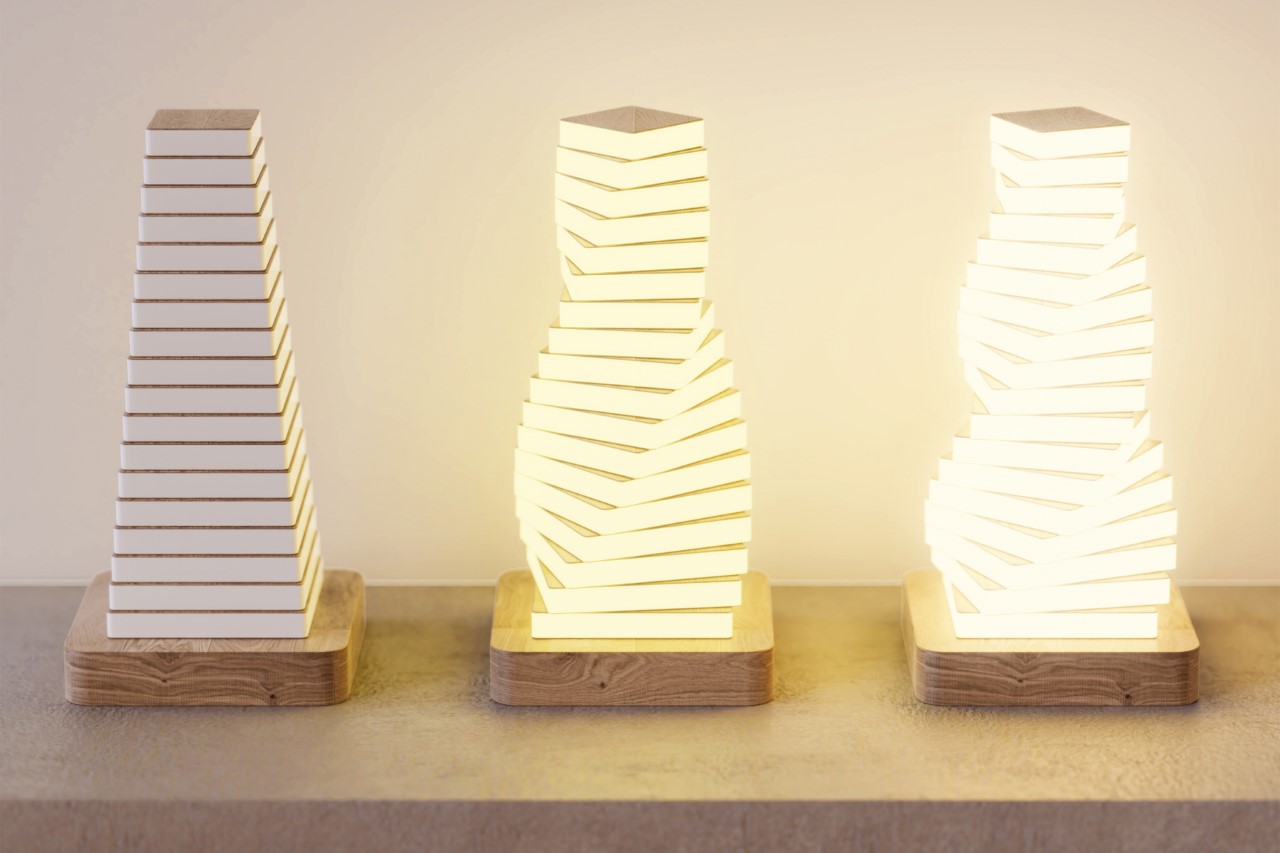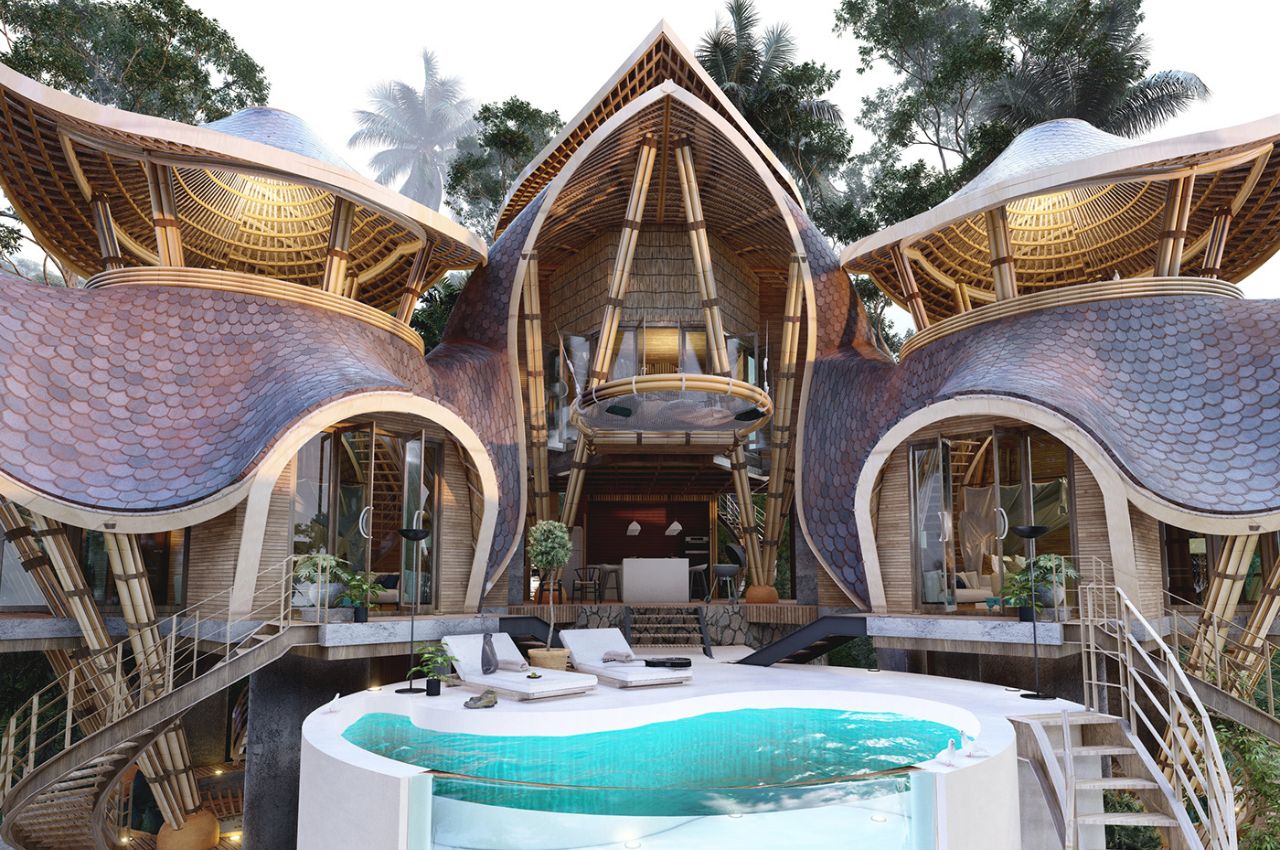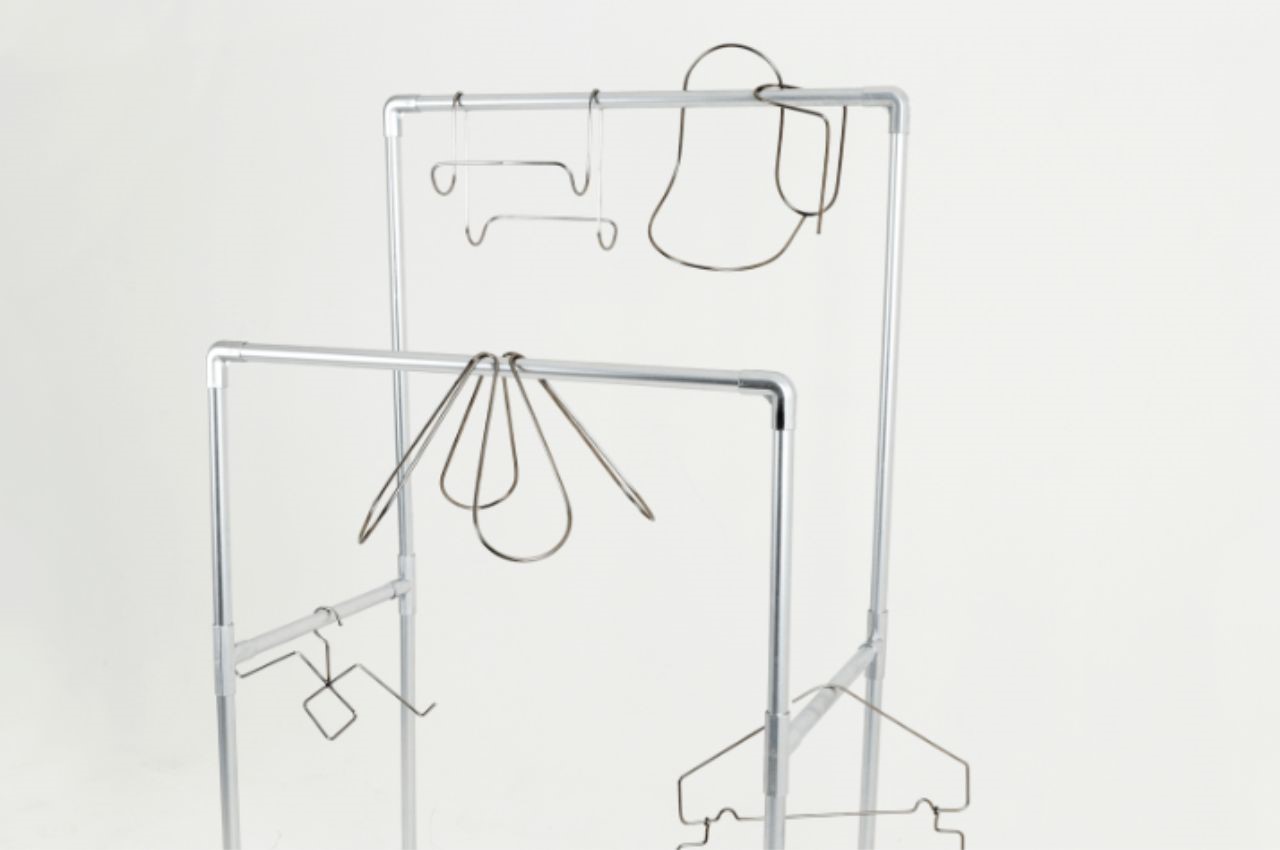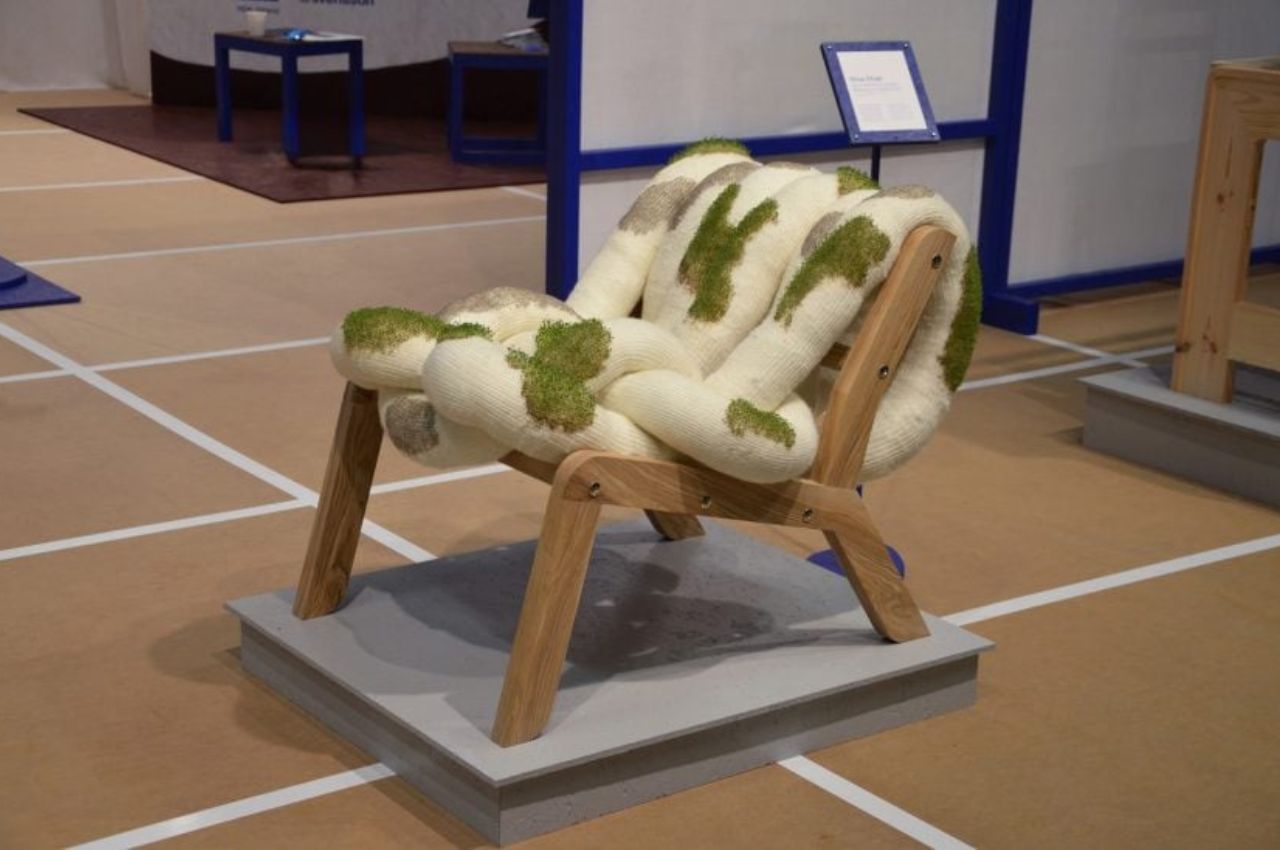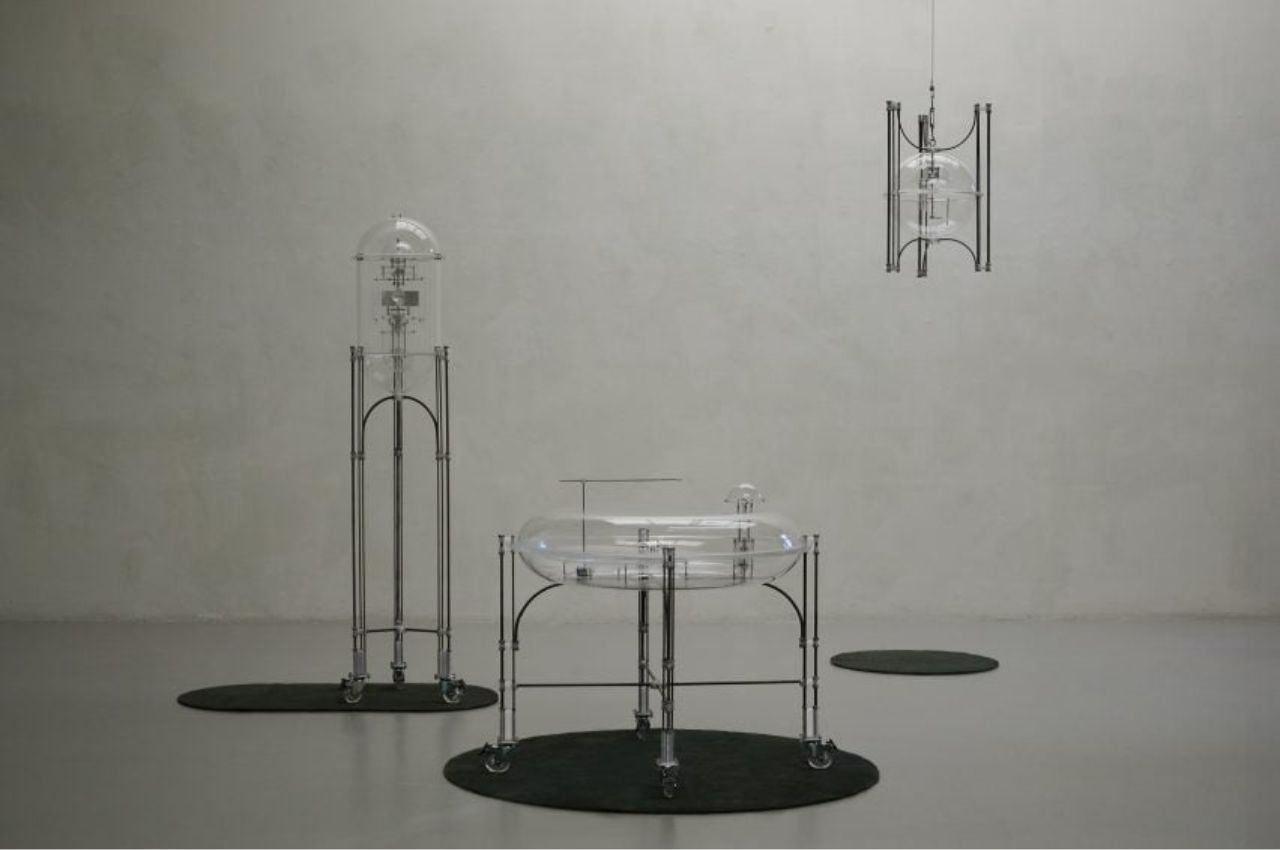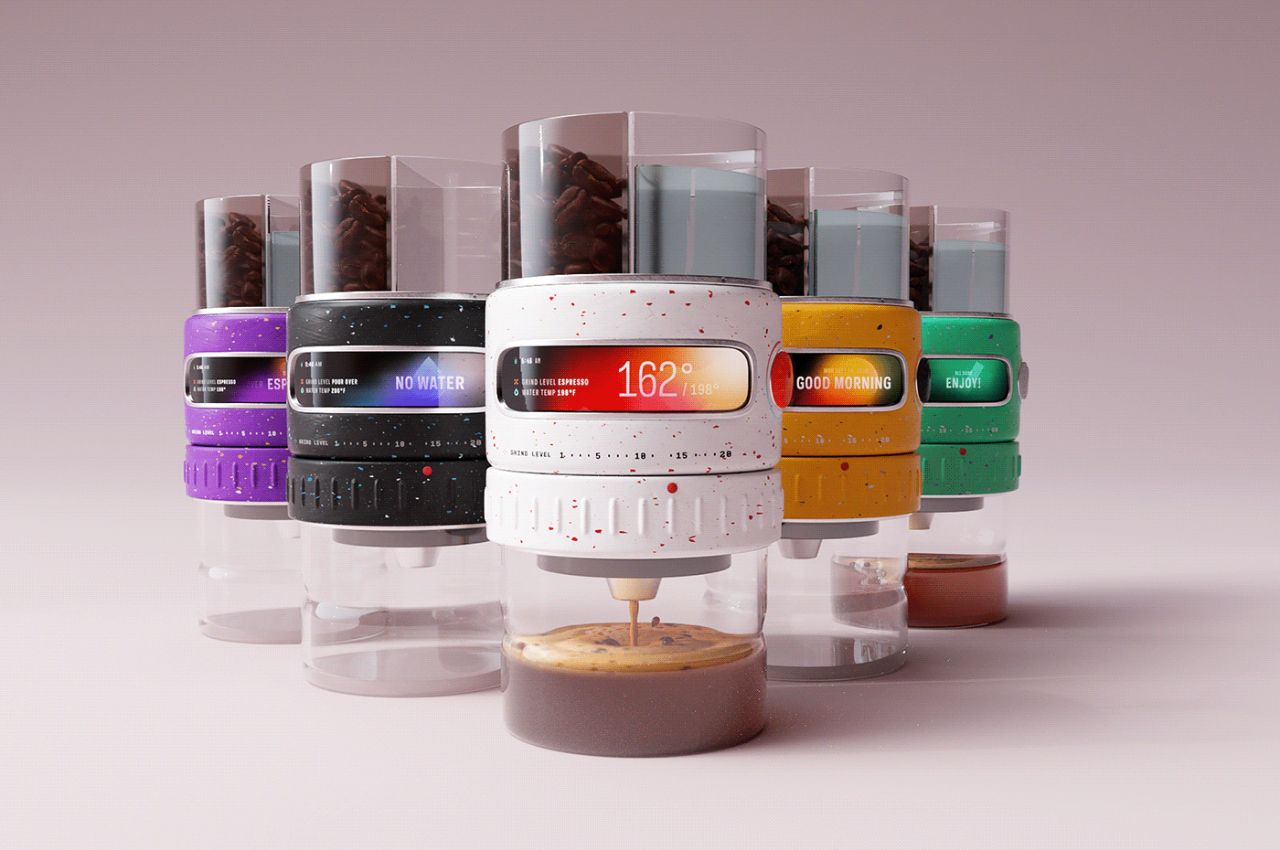
Have you ever glanced at your closet and thought, “How can something as simple as a hanger be personal to me?”, since personalizing products in the fashion industry is anyway a trend for the elite. That’s precisely the question ‘HANG / WE’ seeks to answer. It seeks to challenge this notion by infusing individuality and storytelling into the very object that holds our garments. It delves deep into the essence of human connection and personal expression through a series of creatively designed clothes hangers.
Designers: Yun A Jang, Nahyun Kim, JongWon Kim, SEUNGMIN LEE, and HWANJONG CHOI,
The core philosophy of ‘HANG / WE’ revolves around the idea that traditional hangers contradict the emphasis on individuality in clothing. In response, the designers set out to encapsulate the stories of five distinct individuals through their respective hangers. Each hanger serves as a canvas, revealing the unique personalities of its users within the confines of established norms. This endeavor mirrors our society’s yearning for coexistence and the ideal of a harmonious community.

The name, ‘HANG / WE,’ carries profound symbolism. It juxtaposes ‘WE’ as the denominator against ‘HANG’ as the numerator, signifying the importance of collective identity and shared experiences. Through the act of hanging, the designers aim to express a fragment of our lives, highlighting the interconnectedness of humanity.
In their design process, the team at ‘HANG / WE’ resonates with the principle of “form follows function,” prioritizing the usefulness of their creations. But they also think it’s essential for their creations to make people feel something deeper. This reminds me of what design expert Hartmut Esslinger once said about how form should occasionally follow emotion too.

So, even though the stuff they make might not look like what you’d expect and don’t turn out to be conventionally ‘aesthetic’, it’s because they want you to have a special connection with it. These hangers, for example. They’re not like regular ones, but that quirky design makes them cool. Each hanger tells a story about the person who uses it, showing off their unique style. So, even though their things might seem a bit different, they’re all about making you feel something special when you use them. And that’s what makes them stand out.
These stories are more important than just looking nice. While looking good is common, things that have a story behind them are special. They’re like a way to tell stories and connect with others. The best designs happen when being useful also makes people feel something. That’s why the hangers from ‘HANG / WE’ are so cool. They’re not just for hanging clothes; they’re for making people feel something too. And that’s what makes them special.
In line with this ethos, each hanger in the ‘HANG / WE’ collection is meticulously crafted to elicit a specific emotional resonance.
No.1: Layered + Hang


Resonating with the design theory of “form follows function,” the ‘Layered + Hang’ hanger reflects a bold departure from conventionality. Its repetitive and overlapping form isn’t just about hanging clothes; it’s a visual representation of our habit of layering various items in our wardrobe.

It’s an intuitive way to dump clothes that your mom may call ‘messy’ but this hanger validates your convenience. Imagine your favorite sweater resting snugly over a crisp shirt, with a jacket thrown casually on top – that’s the essence of ‘Layered + Hang.’ It’s not just a hanger; it’s a reminder of the complexity and richness of our style.
No. 2: Ribbon & Tie Styling


Ribbon & Tie Styling’ hanger is a true embodiment of the philosophy that form follows emotion. It’s not just a hanger; it’s a wearable piece of art. Inspired by the graceful draping of clothes over shoulders and the artful tying of knots, this hanger isn’t afraid to flaunt its personality. Just like how we express ourselves through our clothing choices, ‘Ribbon & Tie Styling’ expresses its personality through its sculptural design.


Hang your favorite dress or your go-to blazer on this hanger, and watch as it becomes a statement piece in your closet. It is ideal for retail stores catering to intricate clothing styles, ensuring each piece finds its perfect showcase.
No. 3: Concat _Ws


A hanger that is designed for those who crave organization and efficiency in their daily lives. Respecting the ethos of “form follows function,” this hanger goes beyond mere clothing storage. It’s a versatile solution that caters to your need to keep commonly used items in one accessible spot. It’s a more intricate form of a cloth hanger stand. Hang your scarves, belts, or even your favorite accessories alongside your clothes. With ‘Concat _Ws,’ everything has its place, making getting ready in the morning a breeze. It’s another piece that makes your messy habits ‘normal’


No. 4: Everything, Everywhere


Everything, Everywhere’ – the hanger that defies boundaries. True to its name, this hanger is designed to hold anything, anywhere. Respecting the principles of functionality and versatility, ‘Everything, Everywhere’ isn’t constrained by traditional notions of what a hanger should be. Its innovative design reveals both bending and hanging functions, showcasing its adaptability to various items beyond just clothes. From bags to hats to even household items, this hanger can handle it all.


No. 5: Plus – Minus


This hanger is all about adaptability and customization. Built on the idea of “adding and subtracting” from your lifestyle, this modular hanger empowers you to tailor it according to your evolving needs.


Whether you need extra hanging space for guests’ coats or want to showcase your latest fashion finds, ‘Plus – Minus’ has got you covered. Its modular design allows you to easily add or remove additional hanging rods, giving you the flexibility to create a personalized storage solution that grows with you.
In essence, these hangers go beyond the realm of traditional product design. It embodies a holistic approach to creation, where every detail serves to foster meaningful experiences and relationships. By marrying form and function with emotional resonance, it exemplifies the evolving landscape of design, where human-centricity reigns supreme. As the design industry continues to evolve, ‘HANG / WE’ stands as a testament to the transformative power of design in shaping not just products, but also the way we perceive and interact with the world around us. Through its innovative approach, the project invites us to reconsider the everyday objects that surround us, reminding us that even the simplest of tools can become vessels for self-expression and connection.
The post These Quirky Clothes Hangers That Add A Touch of Fun and Function To Your Wardrobe first appeared on Yanko Design.
![]()
![]()
![]()
![]()
![]()
![]()
![]()
![]()
![]()
![]()
![]()
![]()

